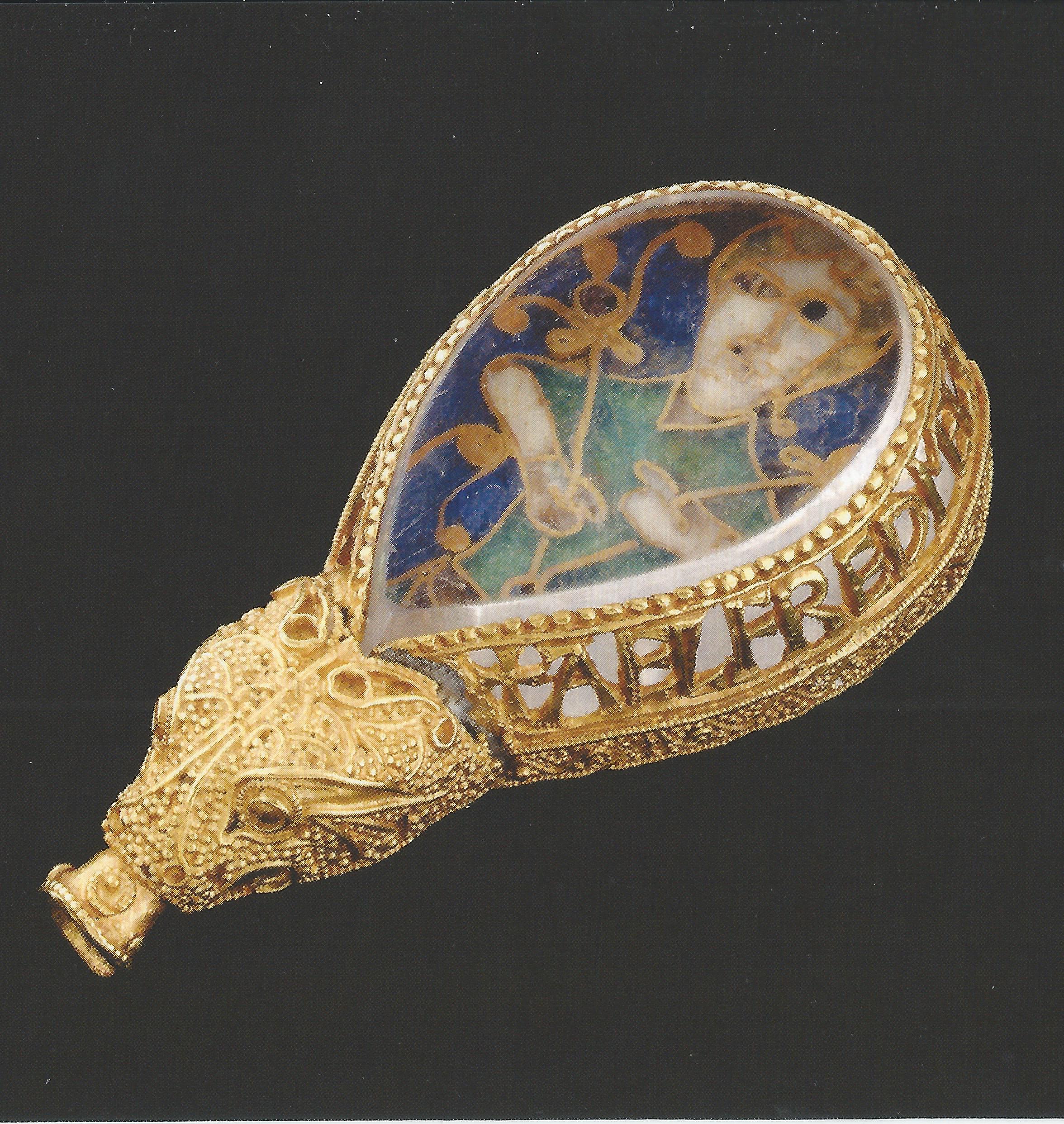Alfred has the distinction of being the only English king to ever officially be distinguished as "The Great," and the title is certainly well-deserved. Born into the West Saxon royal family of southwest England in the mid-9th century, there was little chance this youngest son would rule the powerful, wealthy Anglo-Saxon kingdom of Wessex. When Alfred did succeed his older brother, Æthelred, in 871, he inherited a kingdom besieged on all sides by the Vikings. Although there is no evidence that Alfred envisioned uniting a "kingdom of the English," his many military successes did, gradually, turn the tide of war against the Danes, who were divided into several armies at this time. Alfred died in 899, and, eventually, his grandson, Athelstan, would extend West Saxon rule across most of what is today known as England.
Asser, a Welsh monk, wrote a biography of Alfred in the late 9th century, and he described Alfred as a pious Christian with a deep love of learning. He translated four Latin works into Old English, presumably so they would be more accessible to lay readers. Some scholars also believe that he may be responsible for the production of the Anglo-Saxon Chronicle, an extremely important annalistic history that has been used by historians for centuries. It comes as no surprise to find many spurious legends about Alfred—the most famous of these describes Alfred, on the run from the Vikings, taking shelter with a poor woman and, much to her annoyance, accidentally burning her cakes on the fire.
The "Alfred Jewel" has been so attributed because of the Old English inscription around the perimeter of the central crystal stone: +AELFRED MEC HEHT GEVVYRCAN (translation: "Alfred ordered me to be made"). It was originally found in the 17th century in Somerset, England, and its purpose has been debated by scholars ever since. The bottom of the jewel, it appears, once held a rod of some kind, which would have extended downwards, and this has prompted historians to believe that the jewel may have been the head, or handle, of an æstel, or a pointer used to direct a reader across the page of a book. It is possible that the figure under the rock crystal was meant to be a personification of the sense of sight. Although somewhat mysterious, the "Alfred Jewel" is a remarkable example of English gold cloisonné, and one of the few objects that can likely be directly linked to this exceptional monarch.
- Stephanie


 Unknown Artist
Unknown Artist